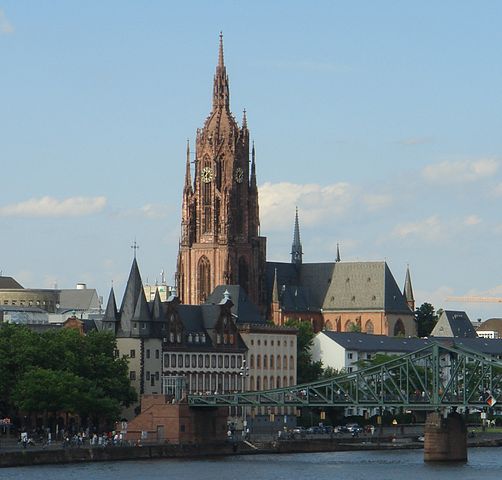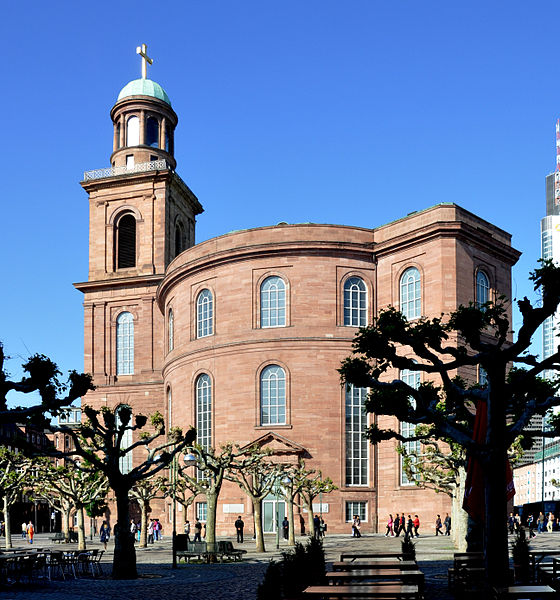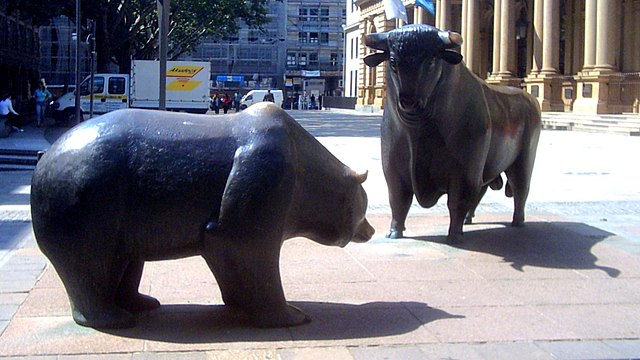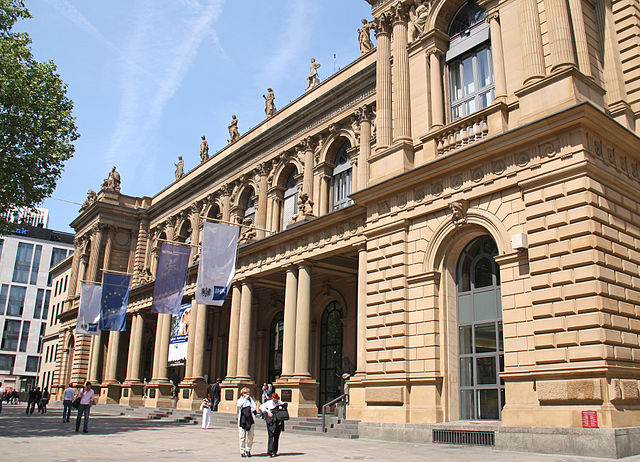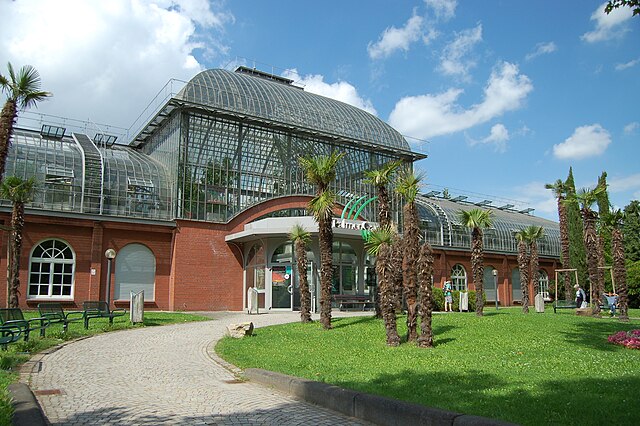Frankfurt is one of the largest cities in Germany. It is the major financial center of the European continent, and it runs one of the busiest airports in the world. The city was severly damaged during World War II, it was rebuilt around the historical city center of Altstadt.
Frankfurt am Main
It is the largest religious building in the city and a former collegiate church. Despite its common English name, it has never been a true cathedral, but is called the Kaiserdom (an "imperial great church" or imperial cathedral) or simply the Dom due to its importance as former election and coronation church of the Holy Roman Empire. As one of the major buildings of the Empire's history, it was a symbol of national unity, especially in the 19th century.
The Old St Nicholas Church (in German: Alte Nikolaikirche) is a Lutheran medieval church. It is located near the Römer city hall in Frankfurt's old town called Altstadt. It has 51 bells; 4 are used for peals and 47 are used for carillons. The first chapel on its site was built in the mid-12th century, the current in the mid-15th.
Römerberg is a public space in Frankfurt. It is located in front of the Römer building complex, seat of the Frankfurt city administration since the 15th century. As the site of numerous Imperial coronations, trade fairs and Christmas markets, the square is the historic heart of the medieval Altstadt (old town) and today a popular tourist destination.
St Paul's Church (German: Paulskirche) in Paulsplatz, central Frankfurt, is a church with important political symbolism in Germany. It was started as a Lutheran church in 1789. By 1848, it had become the seat of the Frankfurt Parliament, the first publicly and freely-elected German legislative body.
Frankfurt am Main
The Wallanlagen is a park area in Frankfurt which forms a five-kilometre-long green belt around the city centre. The parklands run along the course of the former city walls, which were built from the 14th century and which were torn down in the early 19th century. The former course of the city wall was landscaped as a park between 1804 and 1812.










